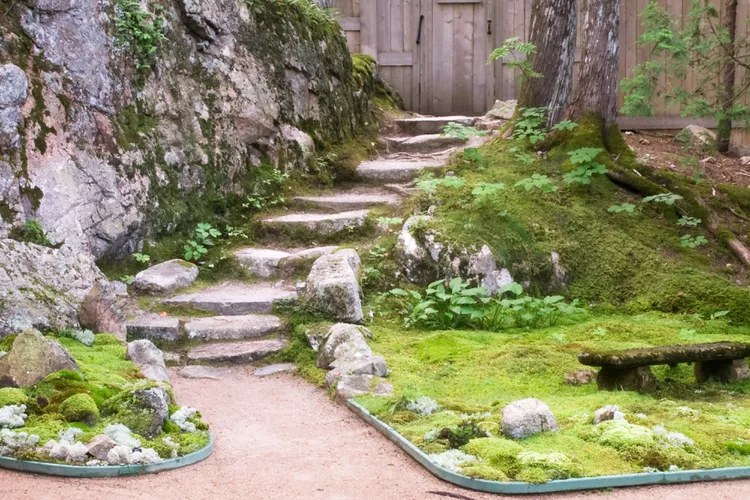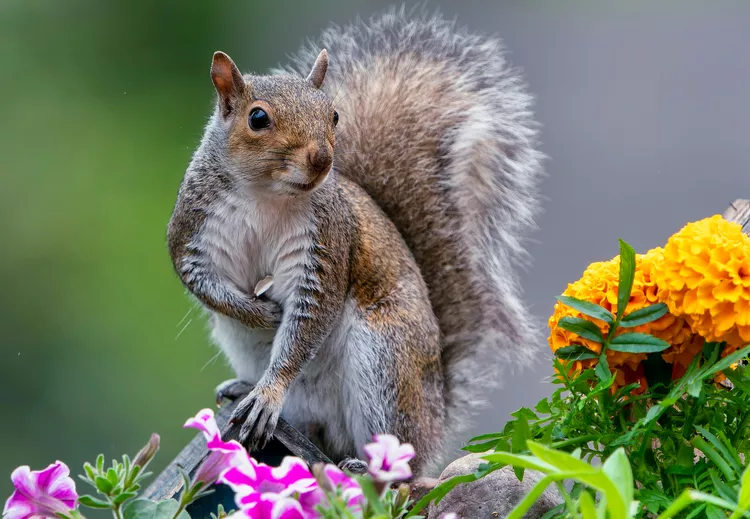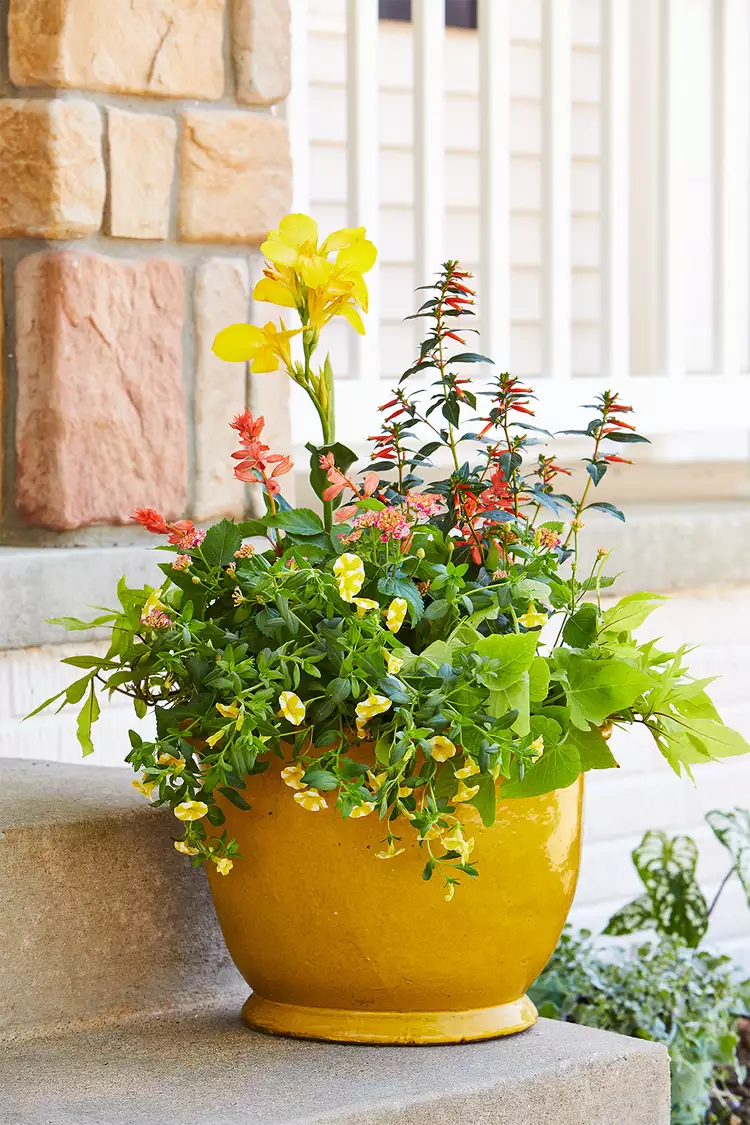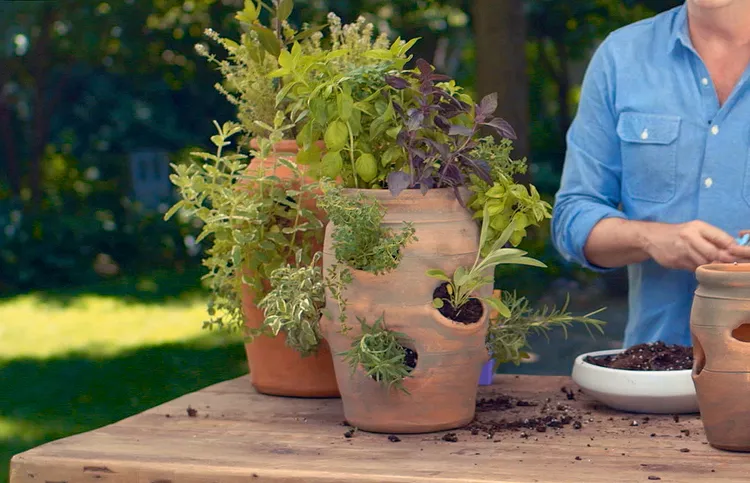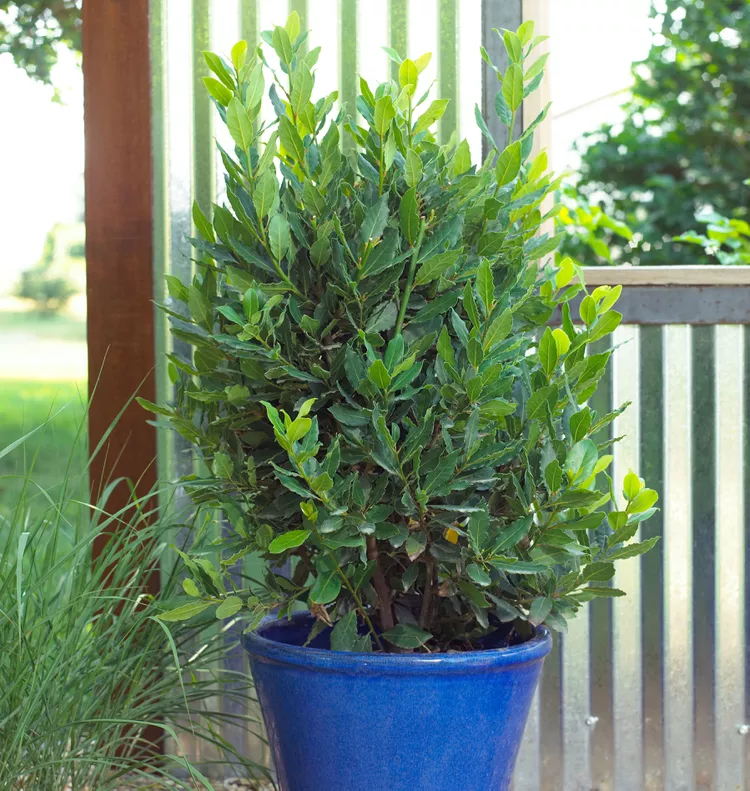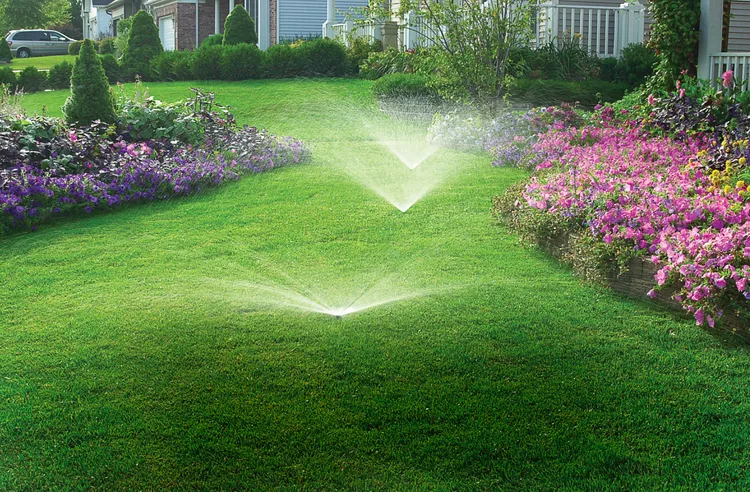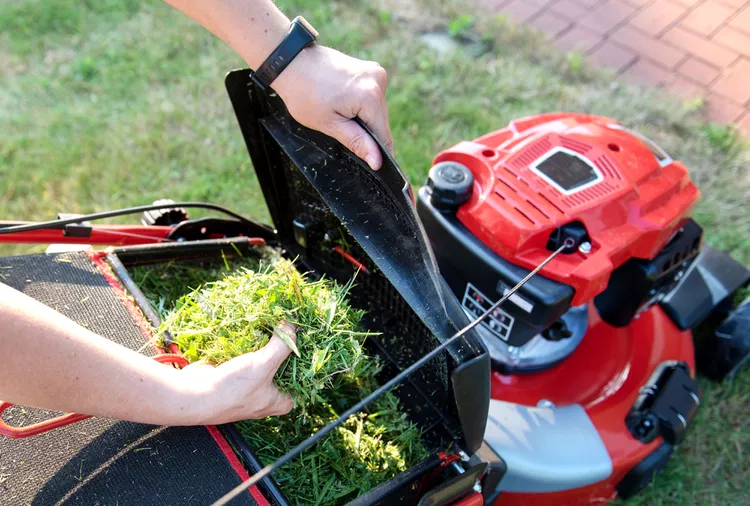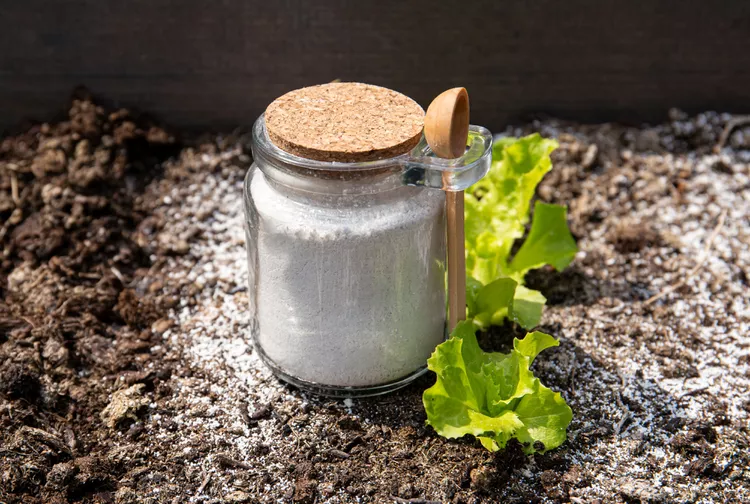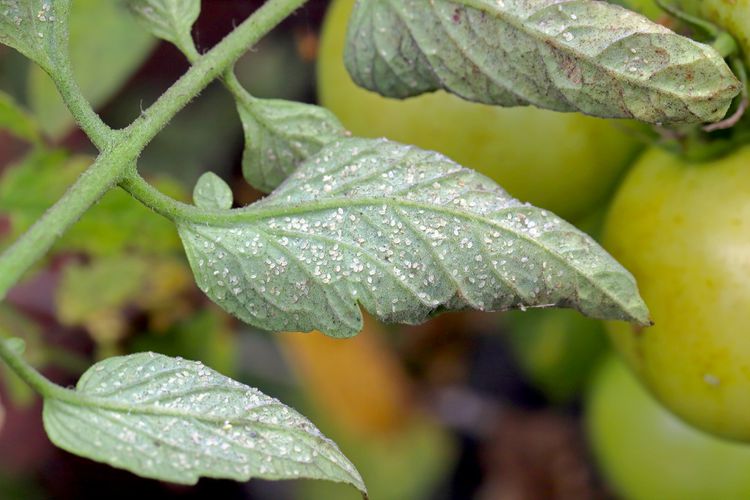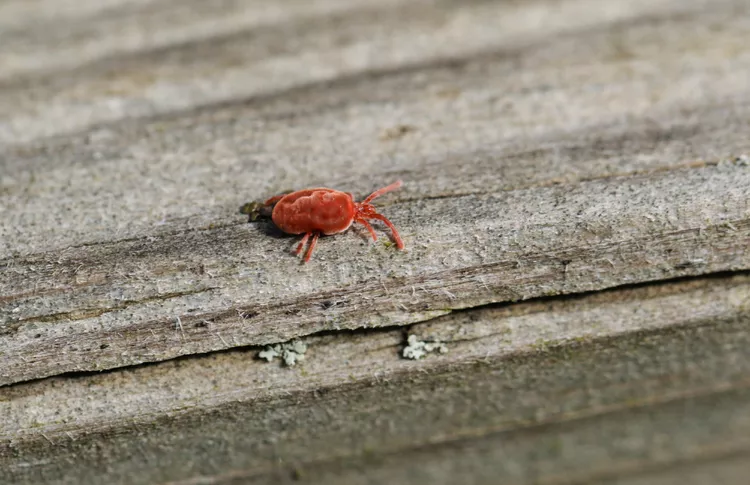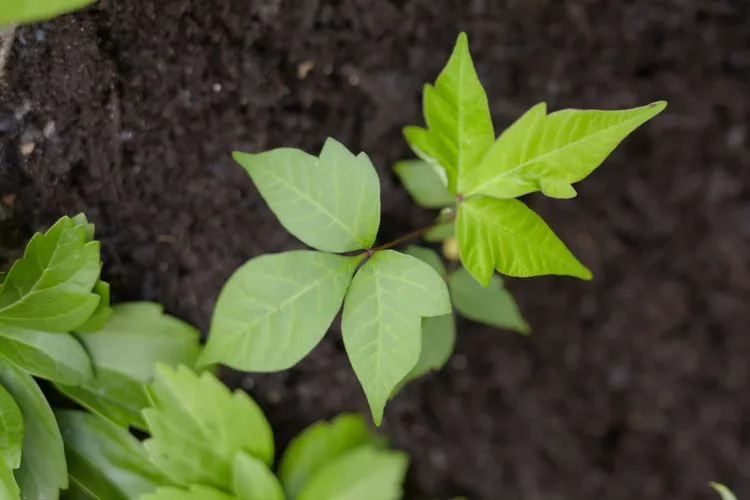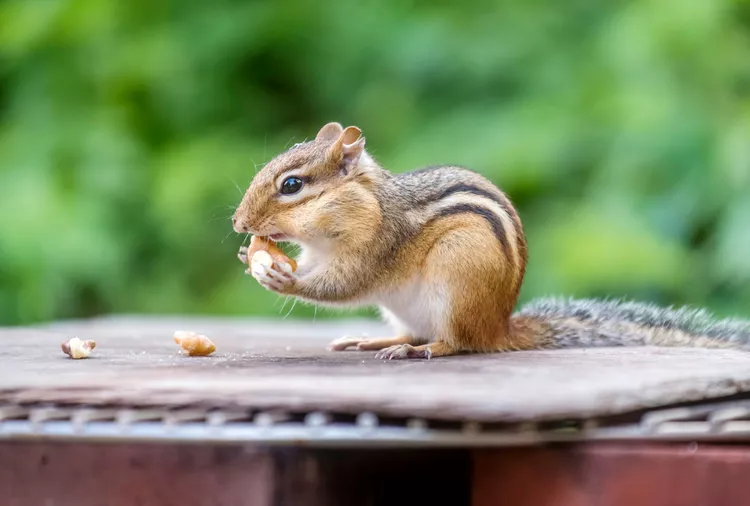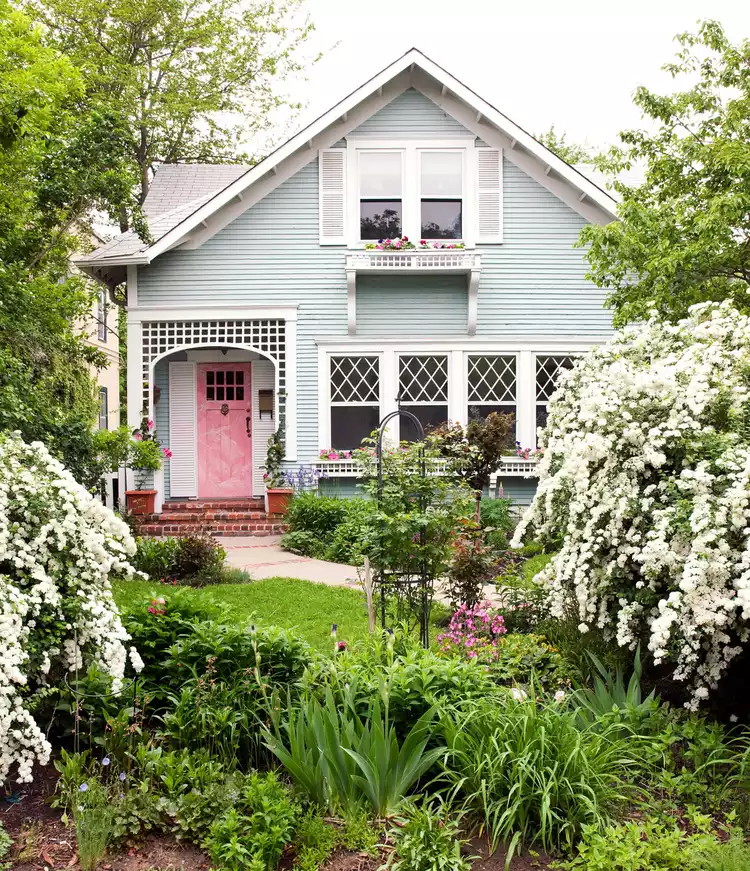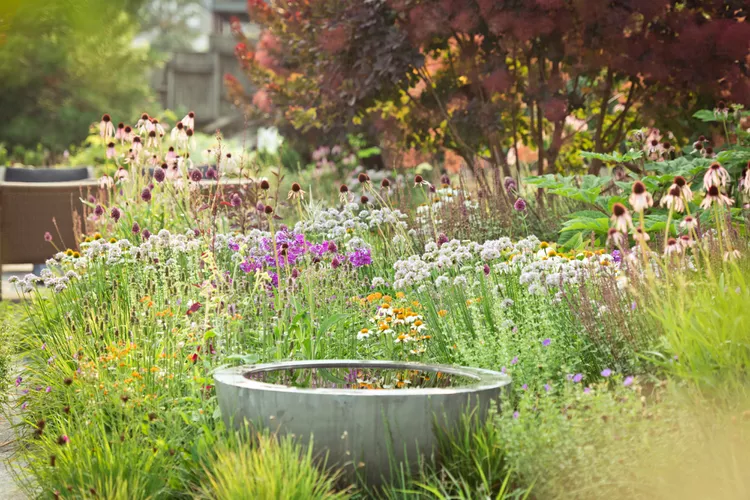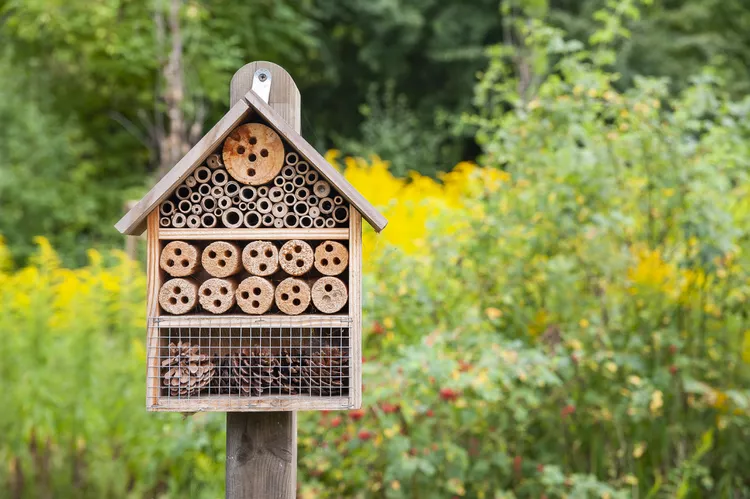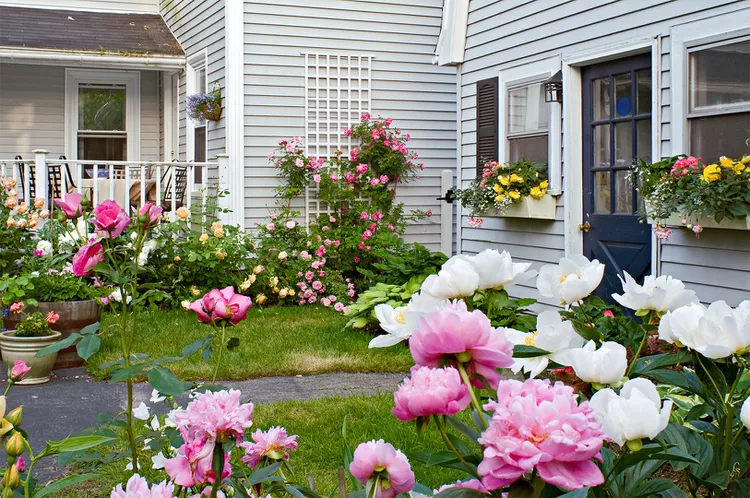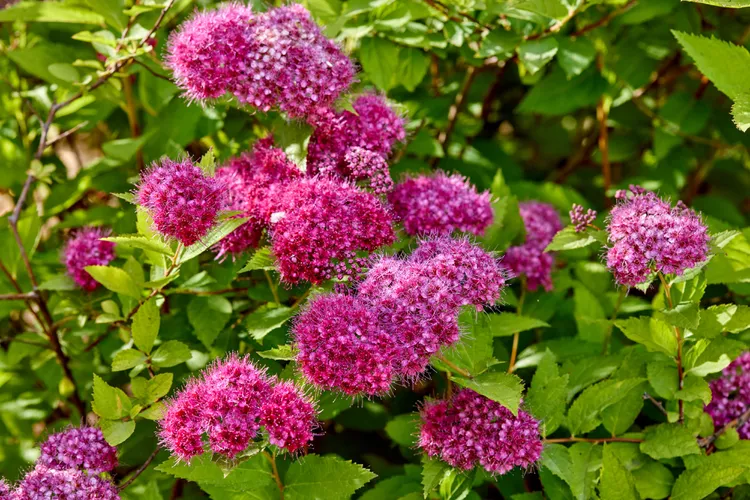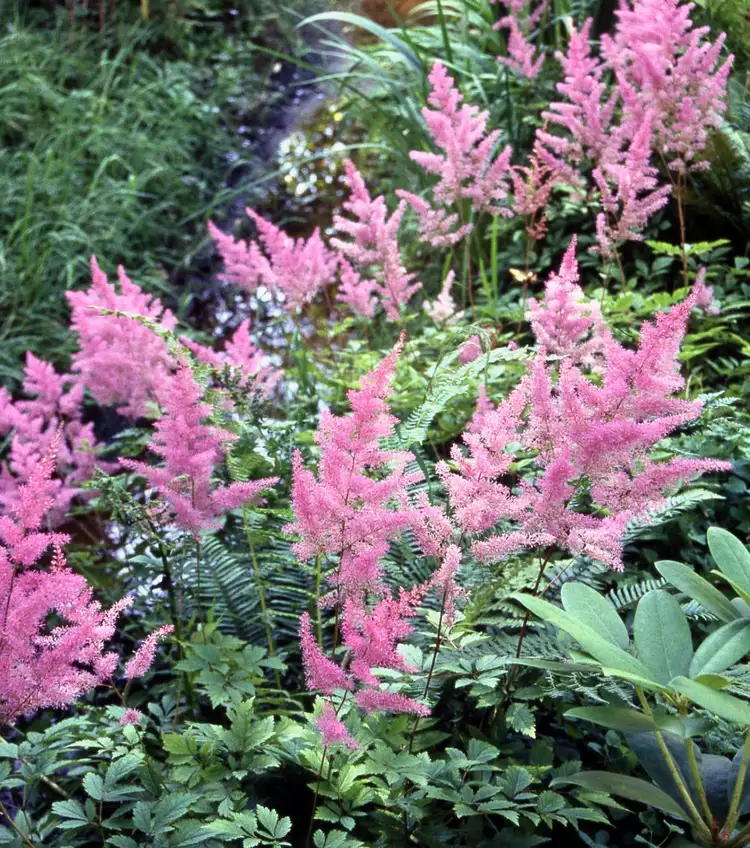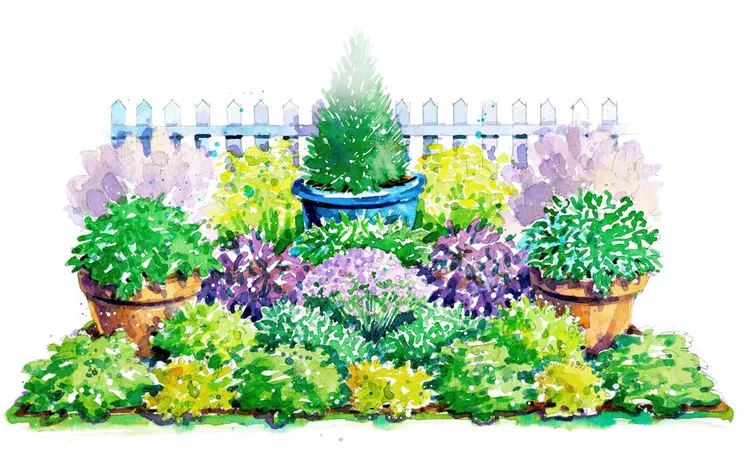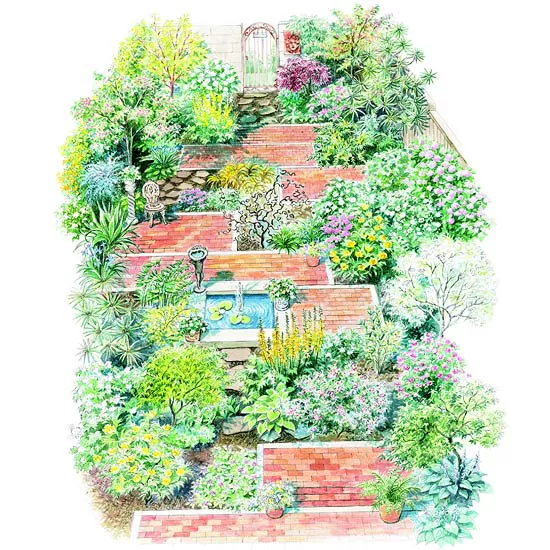A lush carpet of vivid green moss can evoke a fairytale landscape. Plus, it offers practical solutions to everyday gardening challenges because it is often lower-maintenance and more eco-friendly than turf grass and many other ornamental plants. This guide describes the benefits of growing moss and the best types of moss to grow, then provides step-by-step planting instructions on how to grow moss with some gardening techniques.
Reasons to Grow Moss in Your Garden
Some gardeners consider moss a nuisance to be eradicated from their yards. But if you give moss a try, you may be surprised at all the ways they can benefit your garden. Compared to turf grass and many other garden plants, mosses are low maintenance plants that don't need to be mowed or fertilized. Due to their high water tolerance, they are the perfect plant to grow in soggy gardens, but established moss plants are also drought-tolerant and don’t need as much water as grass lawns.
Unlike turf grass, many varieties of moss thrive in shade and acidic soils that are compact and heavy with clay. With over 14,000 species of moss worldwide, gardeners can find moss varieties that tolerate dry and sunny areas. Plus, moss plants provide a habitat for insects and other wildlife, and can be used to control erosion, absorb stormwater runoff, and suppress weeds. It is also not a favorite food for deer and pests.
Aside from its sheer usefulness, moss is also bewitchingly beautiful. Moss comes in different textures, colors, and heights and is a must-have plant if you want to create a Japanese-style garden. It can also enliven water features, add color to rock walls, and fill in sloped landscapes that are difficult to mow.
Sourcing Moss
Before starting a moss garden, you’ll need to get your hands on some moss. If you already have moss growing in your yard, you can use this existing moss to “seed” other areas of your property. However, you can also purchase moss in sheets or plugs from plant nurseries or forage for moss in the landscape around you.
When foraging for moss, never harvest more than 1/10 of the moss you find. Be sure to follow local foraging guidelines and acquire any permissions you need to gather wild moss.
Types of Moss
Many different moss varieties can be grown in gardens, but you’ll need to do some research to determine what type of moss will grow best on your property. Here are some popular moss varieties (pictured above from top left moving clockwise):
Sheet Moss
Sheet moss (Hypnum spp.) is an easy-going moss variety that is a breeze to transplant, and it looks particularly appealing when grown as a groundcover or planted in garden walkways.
Cushion Moss
Attractive cushion moss (Leucobryum glaucum) grows in charming clumps or mounds that are sure to stand out in any garden.
Rock Cap Moss
Rock cap moss (Dicranum spp.) is a good choice for deep shade. It can be used as a groundcover, but it also happily clambers over rock walls and boulders.
Hair Cap Moss
Unlike many other moss varieties, hair cap moss (Polytrichum commune) can tolerate full sun conditions as long as it gets enough water. Hair cap moss is also one of the best mosses to grow for erosion control.
Pleurocarpous-type or prostrate mosses are fast growers that spread horizontally and can handle a fair amount of foot traffic. On the other hand, upright Acrocarpous-type mosses are more likely to be disturbed by foot traffic, but their growth habit gives them plenty of visual appeal.
How to Plant a Moss Garden
If you have an existing patch of moss in your yard and you want it to spread, rake over the moss with a leaf rake or break off some clumps of the moss and plant them around your garden. However, if you’re growing a moss garden from scratch, plant moss sheets, clumps, or plugs in either spring or fall using the simple planting steps below.
Step 1: Prepare Your Planting Spot
Remove existing weeds, plants, and grass. Rake the area free of any residual plant debris.
Step 2: Do a Soil Test
If you’re planting a lot of moss, it’s a good idea to test your soil to ensure it provides an optimal environment for moss growth. Unlike many ornamental plants, mosses typically thrive in acidic environments with a pH of around 5.5. If your soil is too alkaline, use elemental sulfur or another organic soil acidifier to lower the soil pH as needed. Although it can be tempting to add compost to your garden before planting moss, this usually isn’t necessary because moss grows well in poor soils.
Step 3: Pack Down the Soil
In addition to soil acidity, mosses also prefer to grow in compact earth, so go ahead and walk all over the area where you plan to plant your moss garden. If you have a lot of space to cover, you may want to use a tamper or garden roller to pack down the soil even further.
Step 4: Rake the Area
After you’ve prepped the soil, lightly scratch the soil’s surface with a rake or three-pronged digger to make it easier for moss to “root.”
Step 5: Plant the Moss
Lightly moisten the soil and then spread your moss over the area where you want it to grow. If you’re working with moss sheets, lay the sheets down over the earth. However, if you have a lot of ground to cover, you can spread smaller clumps or plugs of moss around your landscape and allow the moss to fill in over time.
After laying down the moss, walk over your moss plants to press them into the soil and secure any large pieces (if needed) with landscape staples.
Step 6: Add Water
After planting, water the moss deeply so the soil is wet but not swampy. Water the moss plants daily for the next four to six weeks.
Caring for a Moss Garden
Established moss plants only need to be watered during periods of drought, and moss doesn’t require fertilizer either. You can skip mowing if you’re growing moss in your lawn or garden. However, you will need to keep up with weeding the moss patches to ensure larger plants don’t intrude.
Most mosses can handle light foot traffic, but if you’re growing moss in an area with lots of activity, you may want to install footpaths or stepping stones. It’s also good practice to rake leaves off moss patches in autumn so the leaves don’t smother the moss. With proper care and maintenance, most mosses will double in size in about a year, filling in bare soil and colonizing your garden space all on their own.
